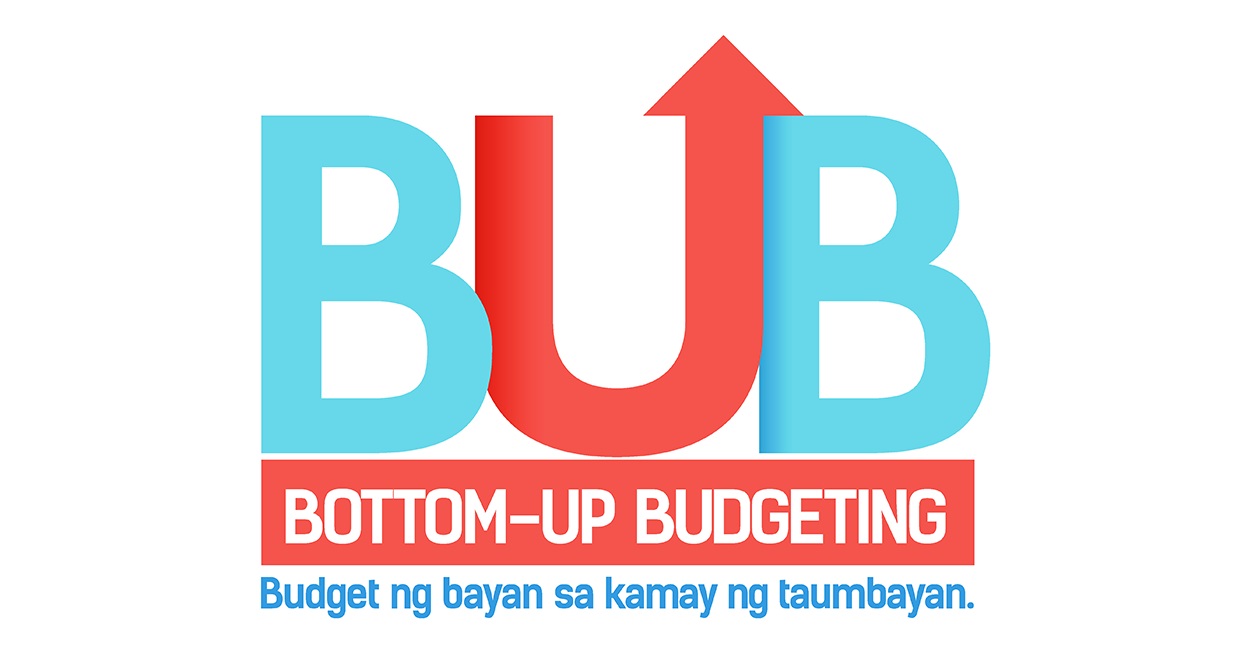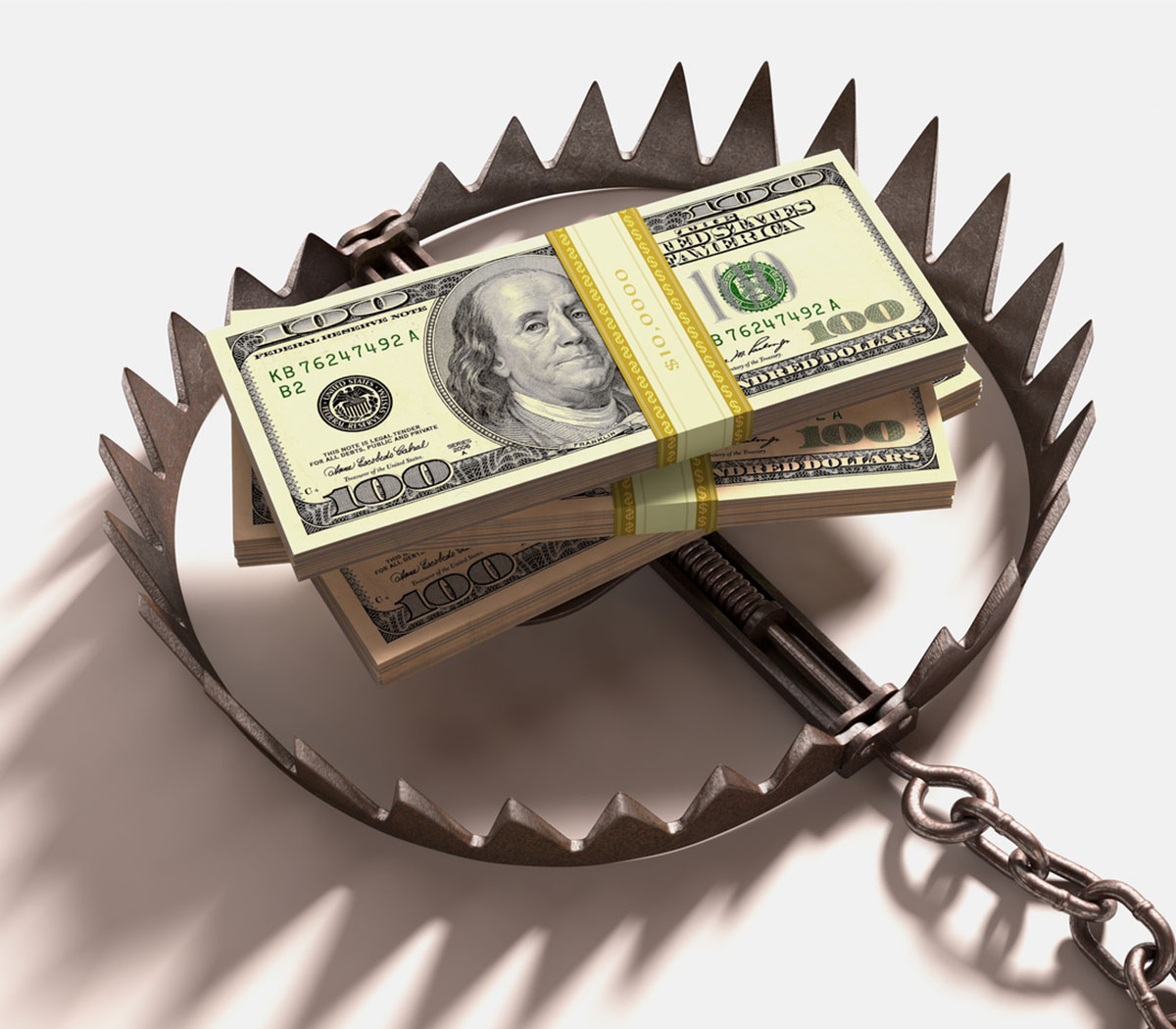

Finance
Bottom-Dollar Scam Definition
Published: October 18, 2023
Learn the definition of the bottom-dollar scam in finance, and protect yourself from financial fraud. Stay informed and stay safe.
(Many of the links in this article redirect to a specific reviewed product. Your purchase of these products through affiliate links helps to generate commission for LiveWell, at no extra cost. Learn more)
Bottom-Dollar Scam: Protecting Your Finances
Are you familiar with the term “bottom-dollar scam”? If not, don’t worry. In this article, we will dive into the world of finance and shed light on this deceptive practice that you need to be aware of. Understanding what a bottom-dollar scam is essential for protecting your hard-earned money and ensuring your financial well-being. So, let’s jump right in!
Key Takeaways:
- Bottom-dollar scams are fraudulent practices aimed at swindling unsuspecting individuals out of their money.
- Scammers often target vulnerable individuals, especially those who are in dire financial situations or seeking quick financial solutions.
So, what exactly is a bottom-dollar scam? Put simply, it refers to a deceptive practice where scammers attempt to trick individuals into parting with their money or personal information. These scams often promise quick and easy financial solutions, such as loans with incredibly low interest rates, high returns on investments, or the opportunity to make money fast.
While the specifics of each bottom-dollar scam may vary, they typically follow a similar pattern. Scammers will first gain your trust by presenting themselves as legitimate financial institutions, brokers, or investment advisors. They may use slick websites, professional-looking emails, or even phone calls to make their scam seem credible. Once they have gained your trust, they will then ask for personal details, such as your bank account information, social security number, or credit card details. Alternatively, they may ask for an upfront payment or investment, promising significant returns in a short amount of time.
To protect yourself from falling victim to a bottom-dollar scam, it’s crucial to be aware of the warning signs and take necessary precautions:
- Do your research: Before engaging with any financial institution or investment opportunity, thoroughly research their reputation and credentials. Check for reviews, verify licenses, and compare their offerings with other established and trustworthy entities.
- Be skeptical of unrealistically high returns: It’s important to remember that if something sounds too good to be true, it usually is. Exercise caution when confronted with investment opportunities promising remarkably high returns in a short period.
- Protect your personal information: Do not share your sensitive personal information, such as bank account details or social security numbers, unless you are certain of the legitimacy of the entity you are dealing with.
- Stay updated on common scams: Keep yourself informed about the latest scams and fraudulent activities prevalent in the financial industry. Knowledge is your best defense against falling victim to these scams.
Remember, bottom-dollar scams are designed to exploit your trust and vulnerability. By staying vigilant and arming yourself with information, you can safeguard your finances and protect yourself from these fraudulent practices.














